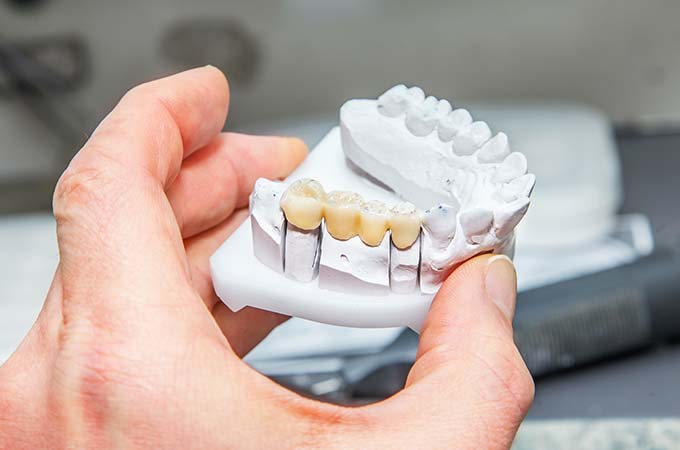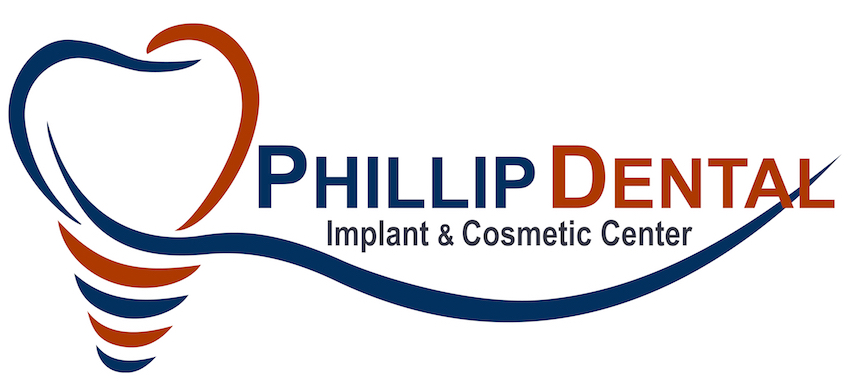
With a fixed bridge, you will notice an improvement in the way you eat. If you’re missing tooth caused you problems with your speech, you’ll also find that this will improve.
How do fixed bridges work?
The bridge is anchored by a tooth or teeth on either side of your missing tooth, which are called abutment teeth. The tooth that replaces your missing tooth is called a pontic. The pontic is soldered to the abutment teeth in order to support it. Once it is in place a fixed bridge will look as natural as your own teeth.
What material is used?
Three types of materials can be used for fixed bridges and they are:
Porcelain is usually used for front teeth, as it can be colored to suit the rest of your teeth for a more natural look. Newly advanced porcelains such as Zirconia are now used for posterior teeth and are as strong as metal supported porcelain bridges.
Porcelain and metal bridges are stronger than conventional porcelain by itself and can also be colored. This material is usually used on back teeth that need more strength.
Metal, usually gold, can’t be colored, but they are stronger and normally have a better fit than porcelain or porcelain with metal.
How are fixed bridges applied?
Dr. Phillip will shape your tooth or teeth in order to make them smaller and ensure that the bridge fits properly. Then an impression will be taken of the reduced tooth or teeth. During the period of waiting for the bridge to be made, the doctor will fit you with a temporary bridge to avoid any sensitivities.
When the new bridge has been made, you will visit Dr. Phillip for your second appointment and your fixed bridge will be fitted. He may well cement it in on a temporary basis to make sure that you are comfortable chewing and biting on it. After a couple of weeks if there are no problems the fixed bridge will then be cemented in permanently.
How durable is a fixed bridge?
As long as you look after your teeth, a fixed bridge can last for between 10 and 15 years, or even a lifetime. You should make sure you go to the dentist for a regular check-up, so that any problems can be spotted and dealt with early on.
How do I look after a fixed bridge?
Cutting down on foods that aren’t good for your teeth, such as sugar will be a big help. Dental hygiene is very important and you should clean and use a mouthwash or waterjet daily and floss your teeth regularly to prevent tooth decay.



